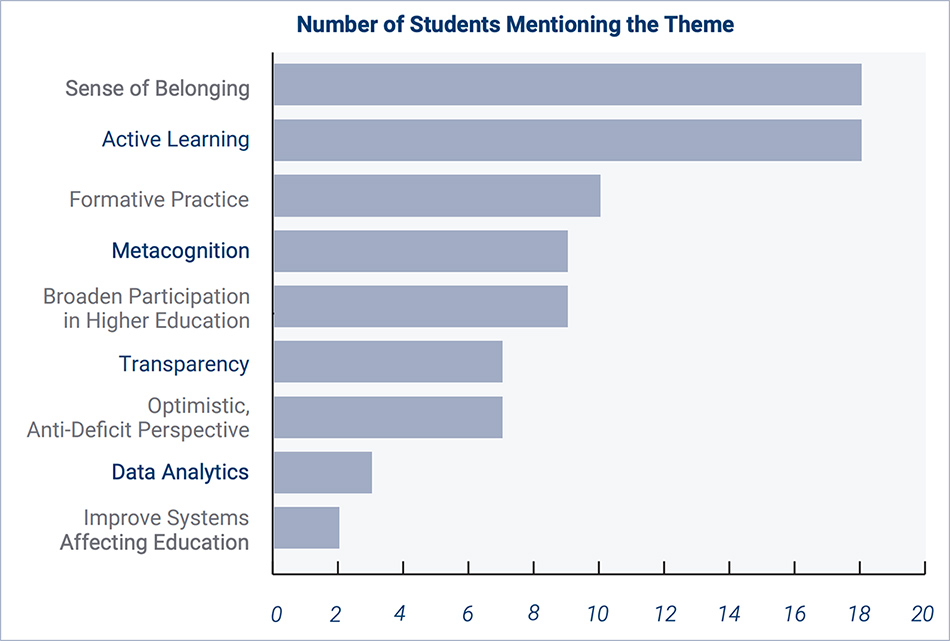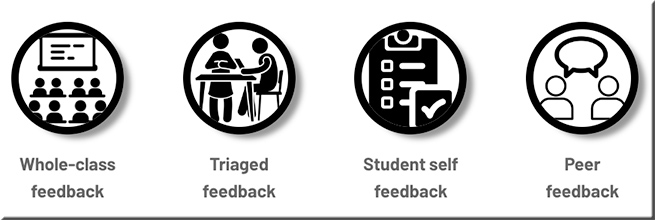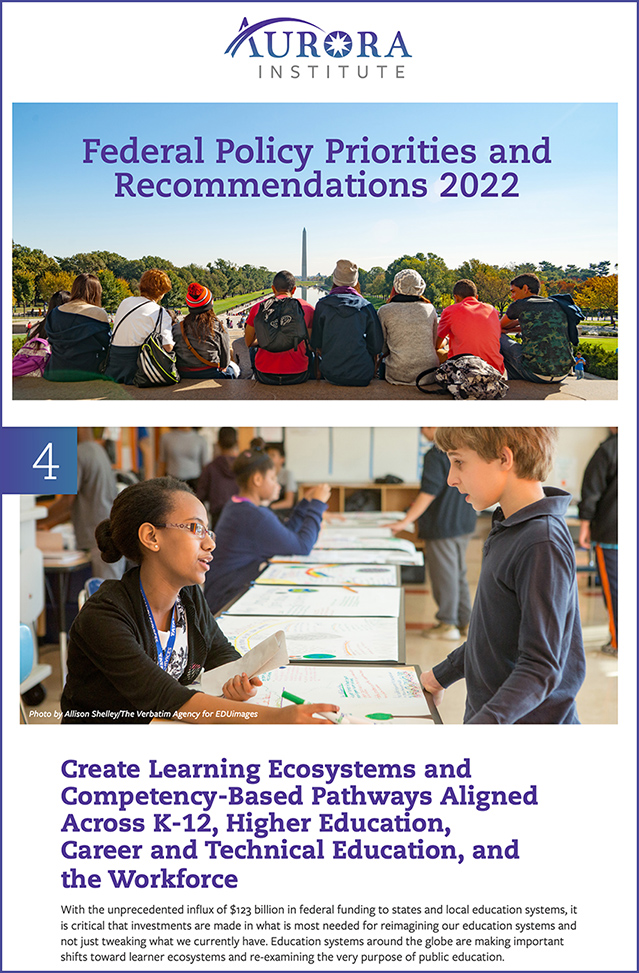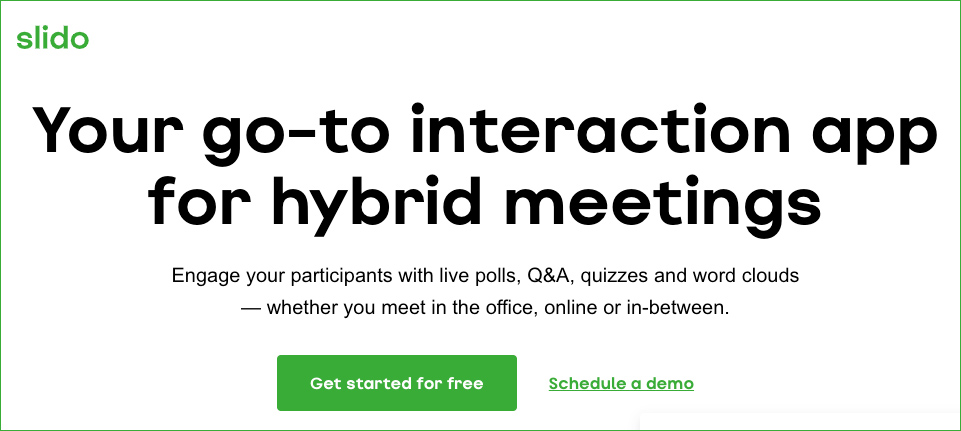Measurement has never mattered more — from chieflearningofficer.com by Tom Griffiths
5 best practices to excel at L&D measurement in remote and hybrid work.
Excerpt:
Measuring learning has always been important, but in today’s remote and hybrid workplaces, it’s essential. You can develop, design and deliver the best training programs, but if you can’t show stakeholders across the organization that it actually “worked,” then you’re missing a crucial part of the story. Today’s remote and hybrid workplaces demonstrate that it’s more important than ever to use structured and intentional measurement methods, due to the reduced visibility and increased flexibility of our workforce. If business leaders were skeptical before about how in-person training impacted behaviors in the office, imagine how skeptical they might be now as training takes place from home in our pajamas.
Showing training results under these conditions has never been so important for learning and development. While the training environments have changed, companies still need to show that every dollar spent was a good investment. And how can we say training, or the L&D function it comes out of, is valuable if we never measure its effectiveness?
From DSC:
I agree that it helps to attempt to measure learning — and thus I posted this article by Tom Griffiths from Chief Learning Officer. That said, it’s much easier said than done. In fact, I think it’s most likely impossible to actually and accurately do so.
To me, it’s like when I was working at Kraft and we were trying to get people to use electronic mail. How would you begin to quantify the Return on Investment (ROI) from using/implementing email throughout the organization? As but one example, what happens if two people or two groups/departments are able to communicate faster and collaborate better due to electronic mail and are able to get a new product to market first?
- How should that be quantified?
- Is it fair to put all of the value on email/communications?
- What about the research and the product development/testing that it took to get to that point? How should the ROI be divvied up? For how long should the ROI be attributed to email and to those other things?
Surely email helped a great deal, but to try to quantify that ROI is next to impossible, if not downright impossible.
The same with learning. Don’t believe me?
Well, let’s narrow the focus waaaaaaay down for a second — to make it begin to be more realistic.
What did you learn this last week?
- Can you recall it all?
- Did you take a pre-test and post-test on everything that you learned?
- Can you quantify the ROI on each piece of that learning? That is, could you attach a dollar amount to all of the results of that learning? I doubt it. I couldn’t.
But were you glad that you learned those things? Were they beneficial? Do you think learning about new things is worth the trouble?
And that’s just one person looking at the last week of their learning.
Don’t get me wrong. I like the five best practices to excel at L&D measurement. They can be helpful and they can scratch the surface of obtaining such data. But at the end of the day, the C-Suite will have to accept that not everything can be neatly packaged into pieces of data and accurate ROI’s.
Should that stop them from trying to help their employees reinvent themselves? Learn new skills/upskill? No, I don’t think so either. But it’s a fool’s errand to think you’ll be able to measure all learning in one’s organization.
At the end of the day, what drives investment in L&D’s efforts needs to be an appreciation for lifelong learning and the place of learning within the culture of one’s organization. While one may not be able to fully capture the ROI from it, learning is still valuable.
If I were a Chief Learning Officer in a corporation, I’d try to make it so that everyone could get the time and budget to learn something new about ANY topic that they wanted to. Get the love of learning going! Get that yeast baked into the bread.
I’m sure that there’s much more to say about this — but that’s going to have to do it for today.















